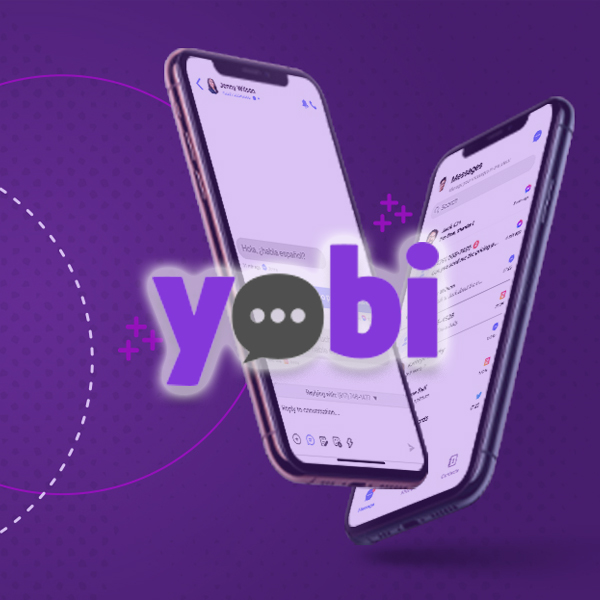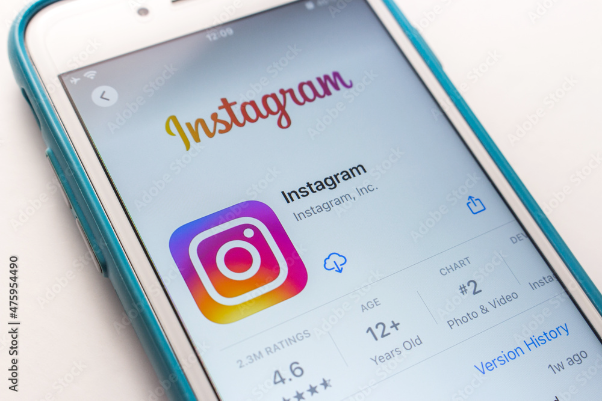Many people probably use some form of artificial intelligence (AI) every day without even realizing it. Chatbots are an example of this; they are simple artificial intelligence systems with branching logic that may be programmed to reply to specific questions from customers.
While some may worry that customers may be turned off by the use of chatbots, surveys show that a growing percentage of people are actually open to and even enjoy communicating with bots if it implies a better overall service experience. Here we will discuss how chatbots can be used to supplement customer support and improve the overall user experience.
The Ways in Which Chatbots Can Improve the User Experience
To begin, there is the provision of customer service. Chatbots may improve the user experience in a number of ways, but one of the most important is that they make more customer service channels available. Customers that prefer not to use traditional contact methods such as phone calls, emails, or walk-ins will find chatbots to be a welcome addition.
Since chatbots are widely accessible via mobile devices or laptops, customers may get assistance whenever and wherever they need it, increasing convenience. The bulk of your consumers probably already expect you to offer them some sort of customer service via messaging channels; by doing so, you may enhance their overall experience with your business.
1. Quickly responding to simple requests for information.
Whenever a customer contacts support with a basic query, they want a speedy response. On the other side, simple questions may not always be answered right away due to the sheer number of requests that different support teams have to deal with.
Because of their ability to handle numerous conversations at once and their speed in responding to all questions, chatbots offer a viable alternative, especially when it comes to answering simple questions.
Rather than having a customer wait in line while they ask about your business’s hours, a chatbot built for Facebook Messenger may instantly respond with that data. The chatbot is also programmed to swiftly hand off a customer’s inquiry to a human representative if they ask a question that requires more personal assistance.

2. Decreasing customers’ wait times.
People want quick solutions without having to wait on hold or for an email response, therefore this is a common consumer concern. This is an area where chatbots can really shine, improving the experience for the customer.
It doesn’t matter if a customer has a basic inquiry or a complex one; a chatbot can be there to help them right away. It may be impossible for a human to satisfy the expectations of the 59% of poll participants who said they want a response from chatbots in under 5 seconds. This client expectation can be more adequately met with the use of chatbots.
4. Reducing pressure on call centers.
Chatbots can relieve support staff of the burden of dealing with low-touch issues and high-priority topics that require more attention when they are taught to respond to common consumer inquiries and deliver speedy solutions.
And since automating customer support is a top priority for 43 percent of businesses, that’s exactly why they’ve implemented chatbots. This frees up agents to focus on more pressing matters while chatbots answer frequently asked questions like store hours.
5. Always being there for the customer in a timely manner.
Chatbots improve the customer service experience in other ways as well, like the provision of 24/7 service availability. The 24/7 availability cited by customers as the finest aspect of chatbots accounts for 64% of their total satisfaction. Customers may now contact you at any time, not just during business hours, thanks to your available support chatbot.
A chatbot can even give a consumer an expected wait time to speak to a human support person if a critical issue develops when human support representatives are not available. Without a chatbot, the consumer could have to wait for an answer and worry that they weren’t heard from at all. Locating qualified prospects is step six.
Chatbots gain knowledge about clients and their relationship with your company through conversations with them, determining, for example, if they are already hot leads or just browsing for information. By collecting data on leads and gauging their degree of interest, chatbots can assist improve the user experience. You can then use this information to send them more business materials that are relevant to their interests.
Drift surveyed B2B professionals across industries and discovered that 54.8% of those that use conversational technologies like chatbots see an increase in the number of high-quality leads they receive. Seventh, understanding how well your business is doing. In addition to helping you get qualified leads, chatbots may also tell you how your customers feel about your company.
6. Understanding the issues customers are having can be gained from reading their communications.
If you see a pattern of queries about the same thing, you may use that information to revise your frequently asked questions (FAQs), product instructions, and knowledge bases, or teach your chatbots to provide answers to those questions.
You may also learn how people are discussing and evaluating your items and services. Your marketing and other business materials will resonate more strongly with your target audience if they are written in the language they can understand.

7. providing one-on-one communications.
By tailoring their conversations to each individual user, chatbots improve the quality of service provided. Using consumer data, chatbots can tailor product recommendations, discount offers, and next-best-action suggestions to each individual client’s unique situation.
Whether or not chatbots are a good fit for your company’s customer service strategy will depend on the details of that strategy. If you do this, your support team will have more time for high-priority issues, your customers will be happier because they can obtain answers faster, and you’ll learn more about your audience, which will help you serve them better.
By lowering wait times and alleviating customer service constraints, chatbots can also increase customer satisfaction. In addition to providing around-the-clock support, chatbots can also aid in the detection of high-quality leads and the customization of the user experience. Moreover, chatbots can assist you to discover how customers feel about your items and how your organization is doing overall.
Chatbots can be a helpful addition to your customer service approach, allowing you to better assist your clientele and ultimately boost your company’s bottom line.


